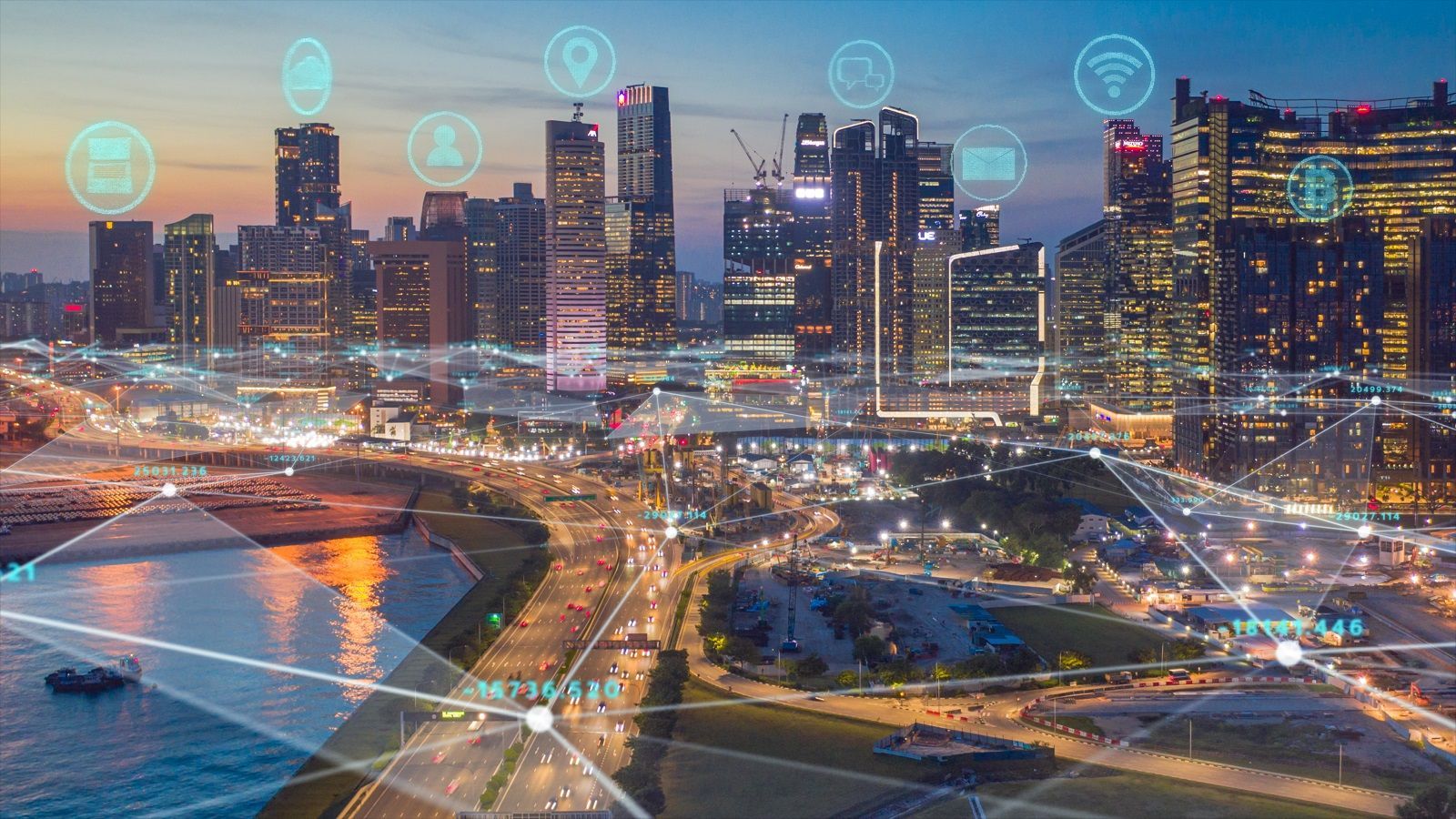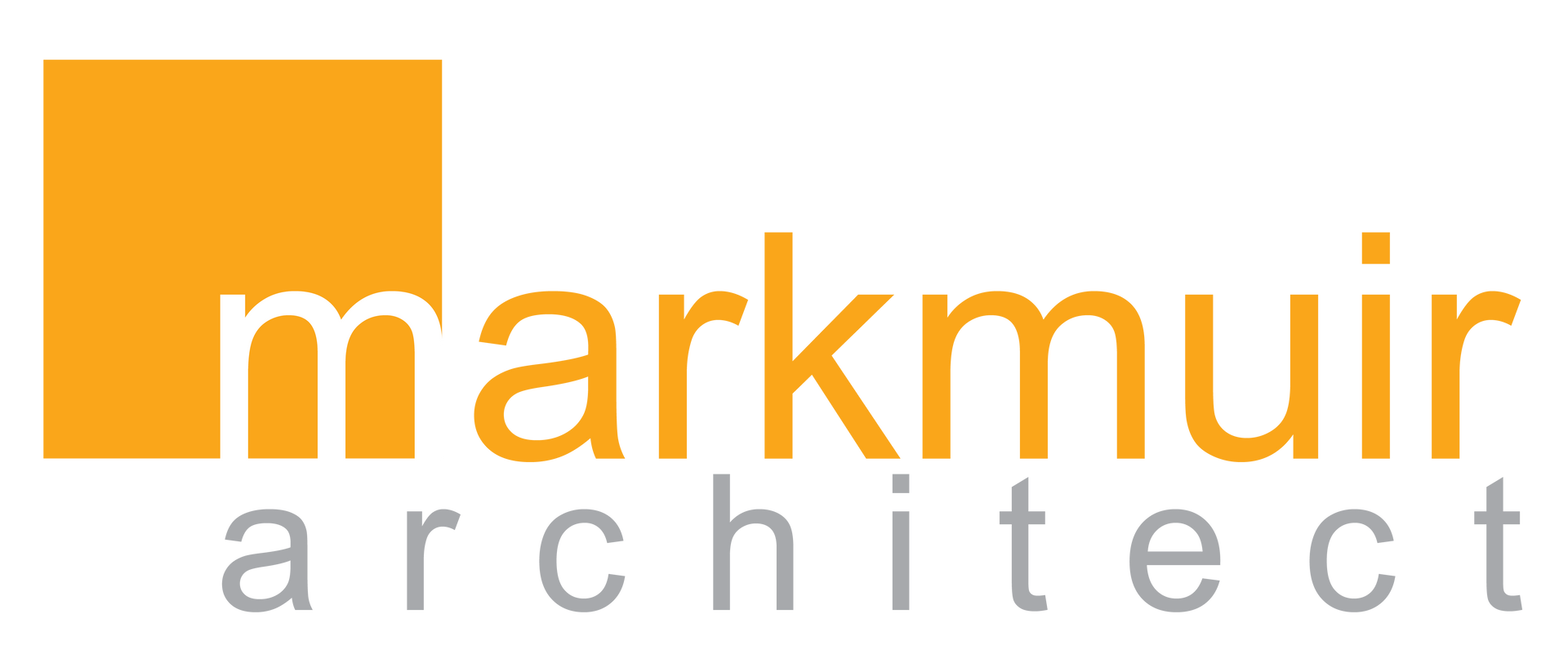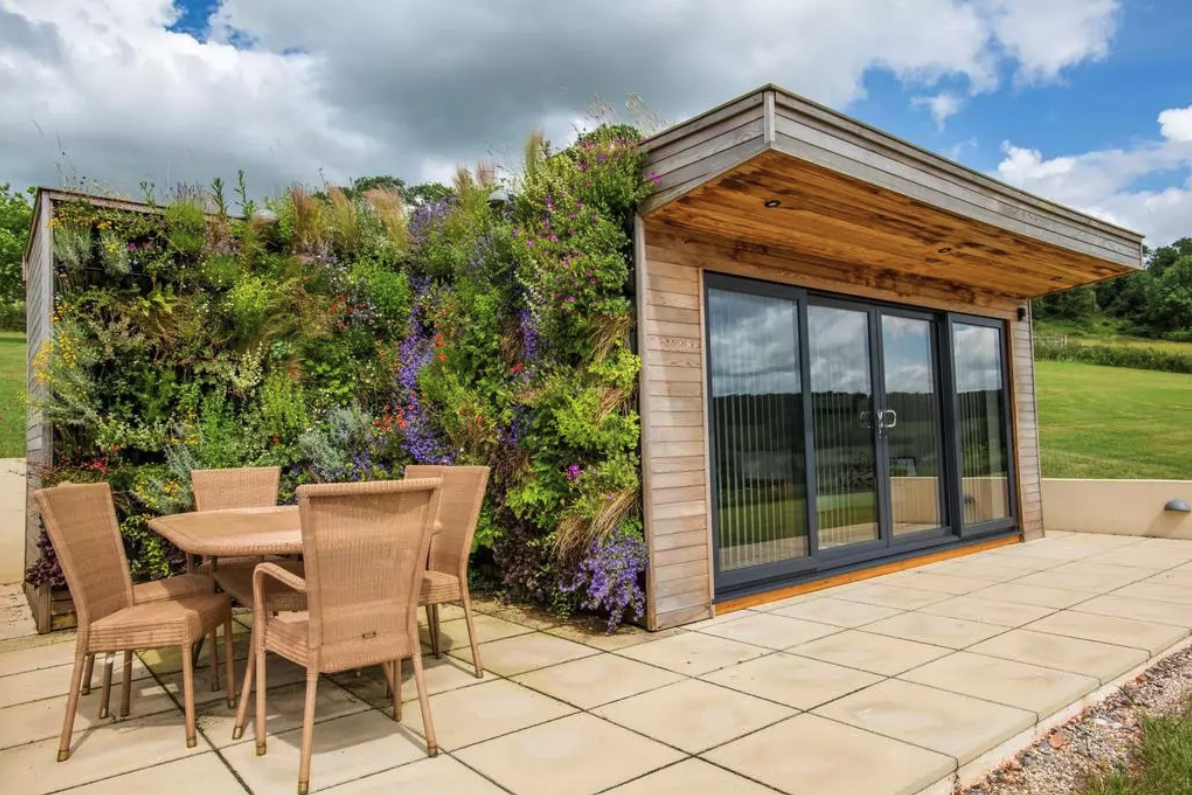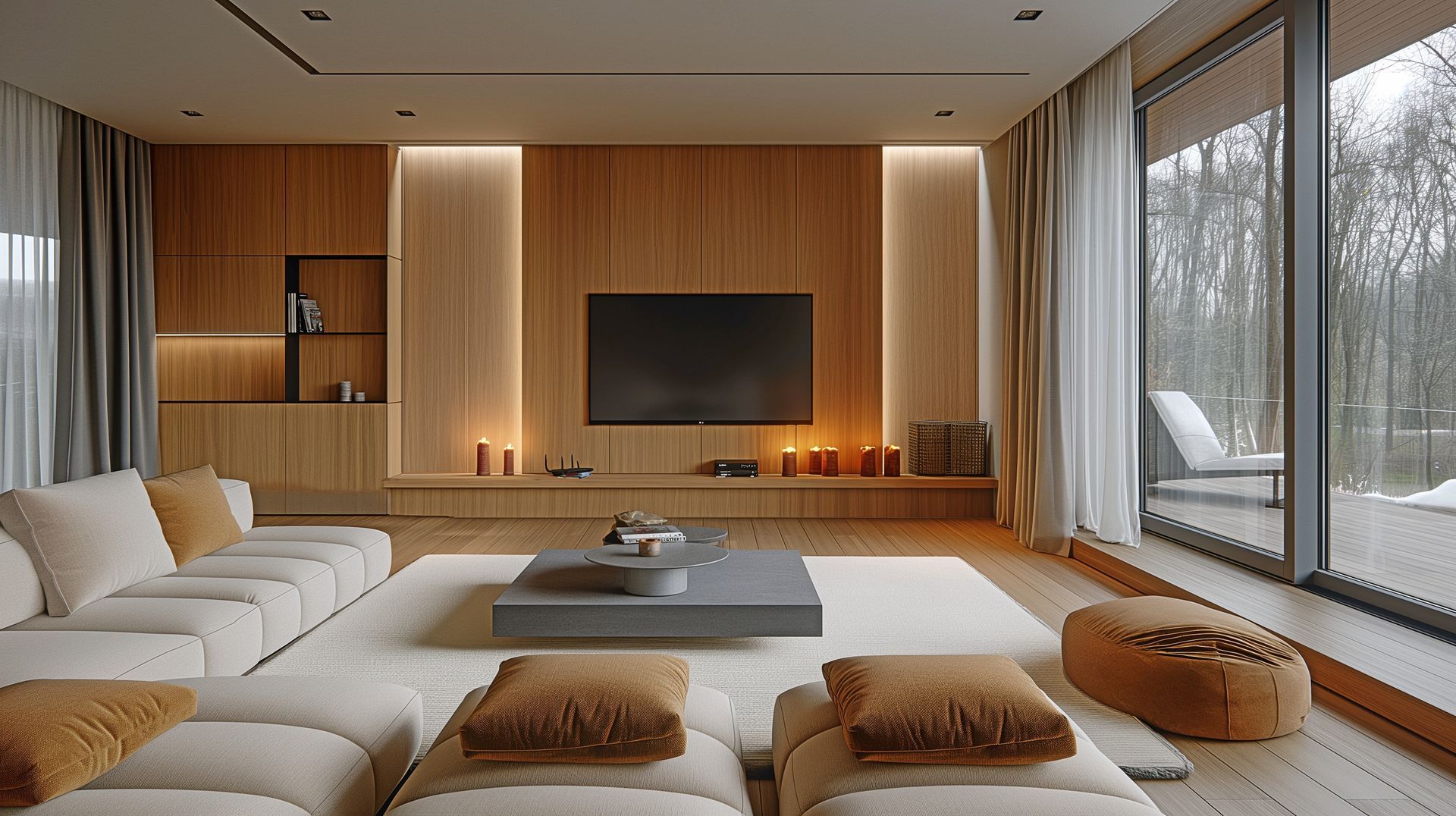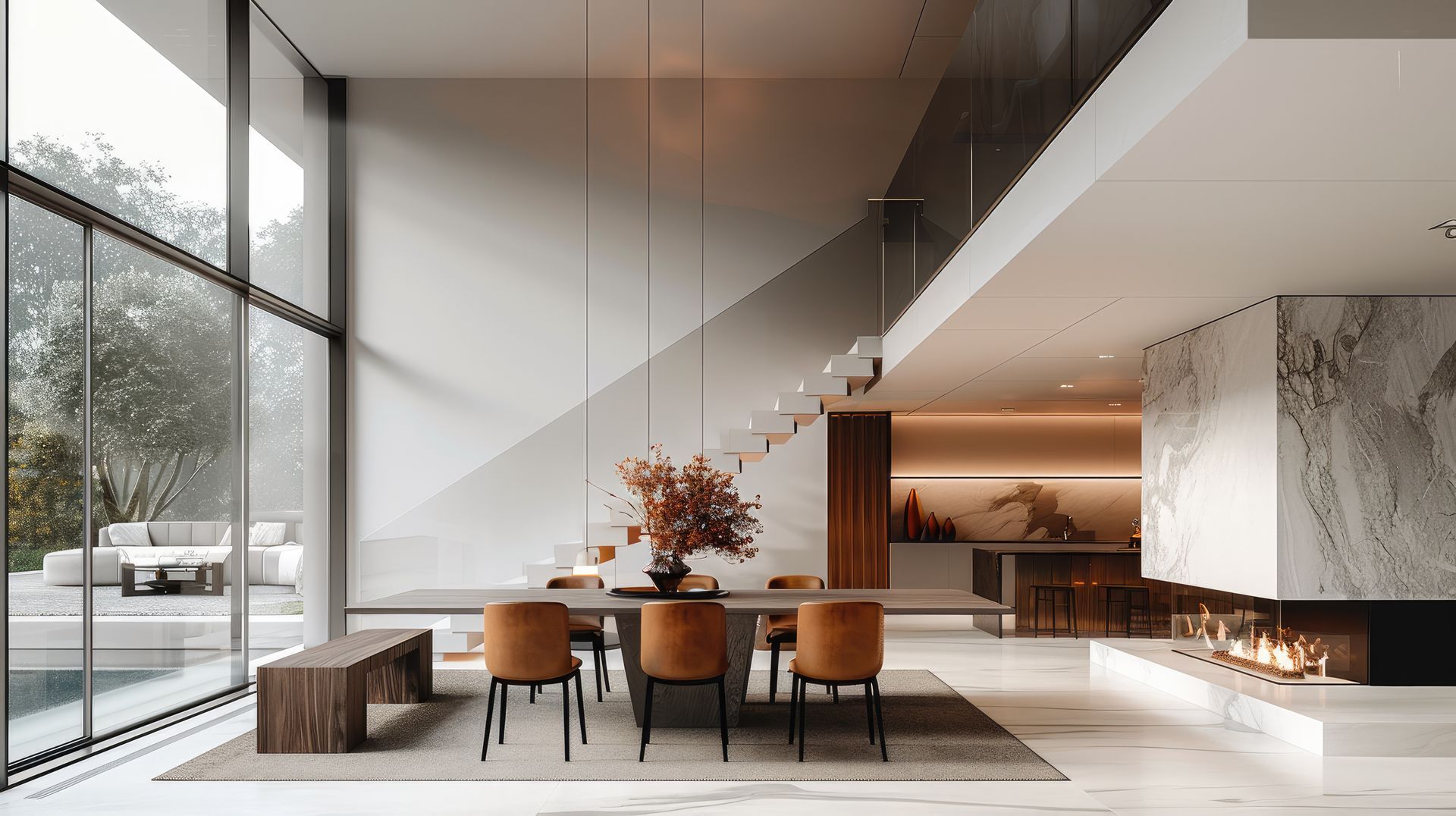What’s Hot In Architecture 2025: No 2 Smart and Connected Spaces
Smart and Connected Spaces 2025: The Future of Building Efficiency and User Comfort
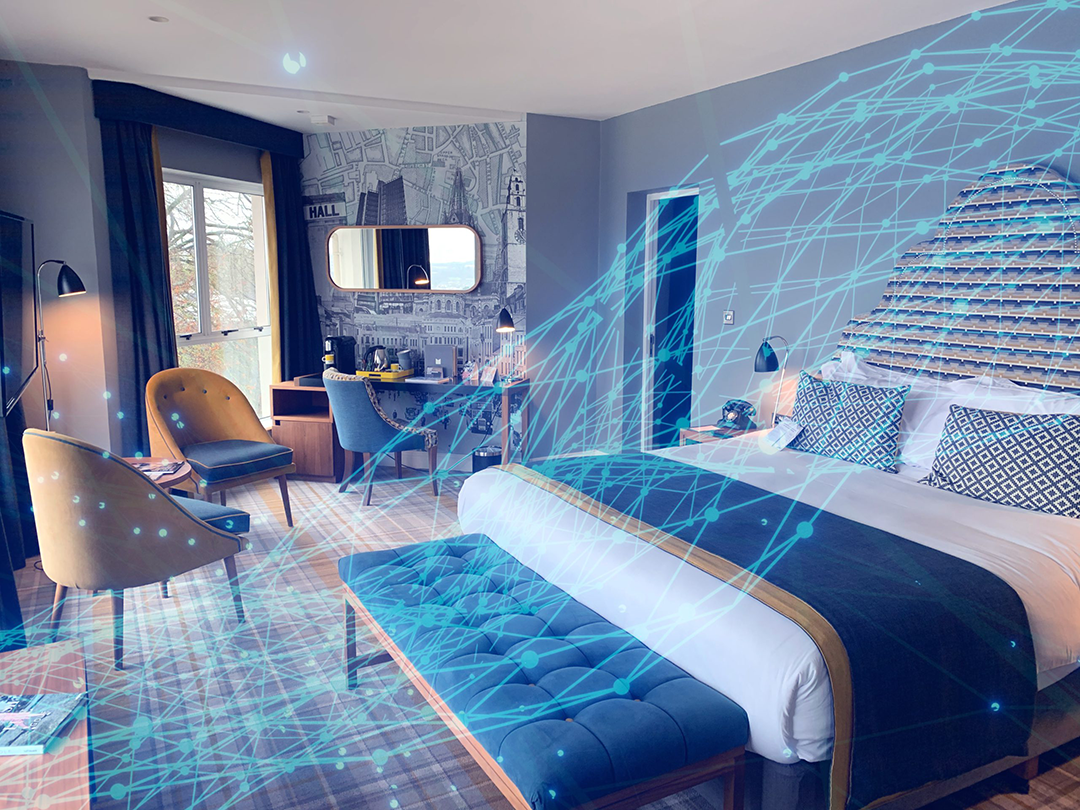
As we get further into 2025, the integration of Internet of Things (IoT) devices and automation systems is fundamentally transforming the way we design and experience spaces. From office buildings to residential complexes, and even entire cities, the vision of smart and connected spaces is no longer a distant dream—it's becoming a reality.
These spaces are not just buildings, but adaptive, responsive environments that learn, evolve, and optimise themselves to enhance both efficiency and user comfort. Through IoT sensors, data analytics, and automation, we are creating dynamic ecosystems where technology anticipates our needs and adjusts the environment in real-time.
The Power of Integration
One of the most exciting aspects of these smart environments is the seamless integration of various systems and devices. In traditional buildings, systems like lighting, HVAC (heating, ventilation, and air conditioning), and security often operate in isolation, leading to inefficiencies and missed opportunities for optimisation. With IoT, these systems are interconnected, enabling them to share data and work together to create a more efficient and responsive environment.
For example, in smart office buildings, IoT sensors can track occupancy in different areas, adjusting lighting, temperature, and even the air quality based on real-time needs. This not only improves comfort for the occupants but significantly reduces energy consumption by ensuring that systems are only active when and where they are needed.
Leading Examples of Smart Architecture
Across the globe, we’re seeing visionary examples of smart and connected spaces that combine cutting-edge design with IoT technology.
The Edge (Amsterdam, Netherlands) is a prime example. This 40,000-square-meter office building is often referred to as the “smartest” building in the world. Its design incorporates over 28,000 sensors that gather real-time data on everything from lighting and temperature to occupancy and air quality. The building then adjusts its environment to maximise energy efficiency and enhance employee well-being. Each employee has a personalised experience, with a desk that adapts based on their preferences, lighting adjusted to their mood, and even temperature fine-tuned for optimal comfort.
Singapore’s Smart Nation Initiative is another remarkable example. The country is transforming its urban spaces into interconnected ecosystems, using IoT sensors to monitor traffic, optimise energy use, and manage waste. One standout is The Smart HDB Flats—a government initiative that integrates smart technology into public housing, from controlling energy use through smart meters to providing residents with real-time data on the air quality. The project highlights the potential of IoT to enhance urban living by improving sustainability and the quality of life for residents.
Adaptive and Responsive Environments
The shift toward adaptive environments is perhaps one of the most profound aspects of smart spaces. In the past, buildings were static, built to meet a set of requirements that were difficult to modify once the structure was in place. Now, with the power of IoT, buildings can become agile, constantly adjusting based on data.
In Barcelona, the city has become a model for smart urban planning. Through a combination of IoT and AI, the city’s infrastructure dynamically responds to factors such as traffic flow, energy demand, and even weather conditions. Streetlights adjust brightness based on pedestrian movement, and waste management is optimised through real-time monitoring of bin levels. The city isn’t just a collection of buildings; it’s an evolving, interconnected organism that reacts to the needs of its inhabitants.
In commercial real estate, the demand for adaptive spaces is growing as businesses increasingly seek buildings that offer flexibility. Smart buildings are able to anticipate the needs of tenants and adjust settings like lighting, temperature, and air quality based on occupancy or time of day. This results in more comfortable, healthier workspaces that also optimise resource use.
Looking Ahead: The Future of Smart Spaces
By 2025, the potential of IoT and automation in building design will only continue to grow. As 5G connectivity expands, data transmission speeds will improve, allowing for even more sophisticated interactions between devices and systems. Artificial intelligence will play a larger role in predicting and adapting to user behaviour, making spaces even more intuitive.
The focus will also shift from simply making spaces more efficient to creating environments that actively enhance the well-being of their inhabitants. Whether through improved lighting that enhances mood and productivity, air quality systems that promote health, or adaptable workspaces that foster creativity, the goal is clear: smart spaces will not only be more sustainable and efficient but also more humane and responsive to the needs of the people who occupy them.
Further in to 2025, we should be excited about the possibilities. By leveraging IoT, automation, and smart technologies, we are not just building structures—we are creating the next generation of environments that are intelligent, responsive, and capable of improving our quality of life.
What smart spaces have impressed you recently? How do you see this trend evolving in the next few years? Let’s discuss!
#SustainableLiving #FutureOfArchitecture #Sustainability
